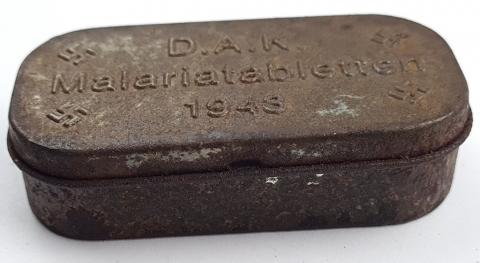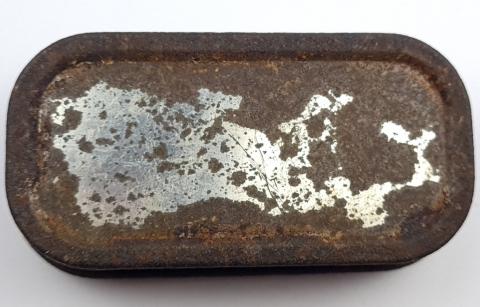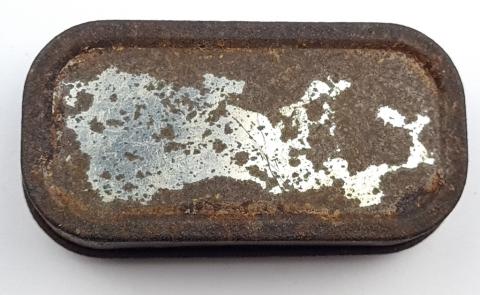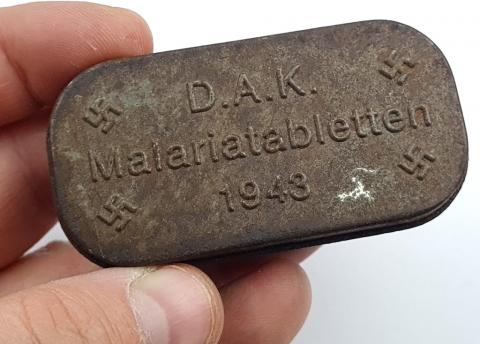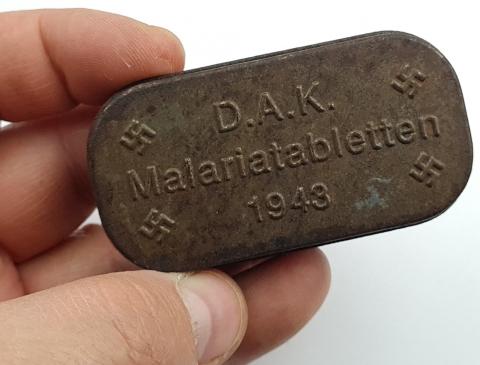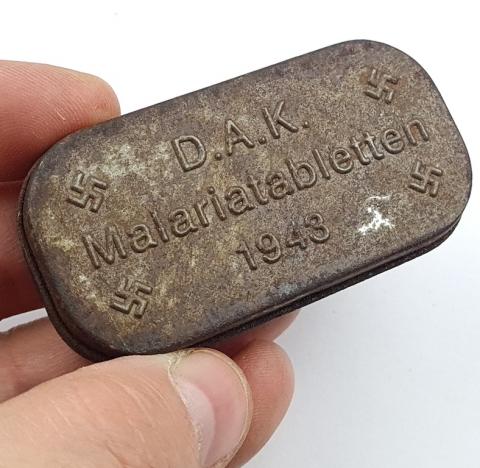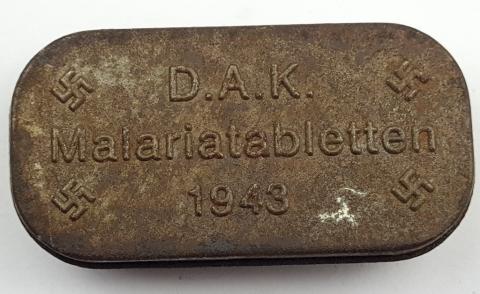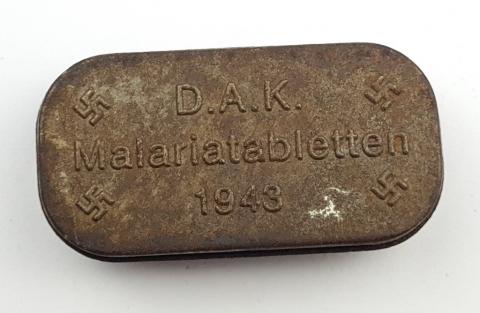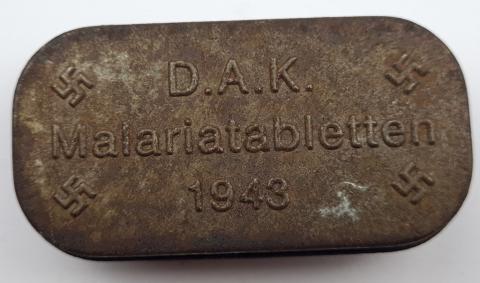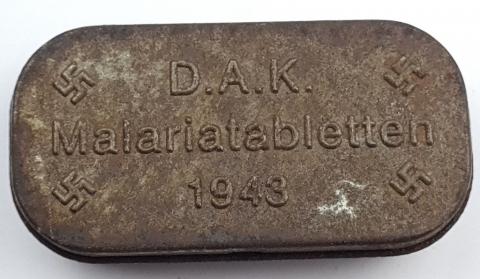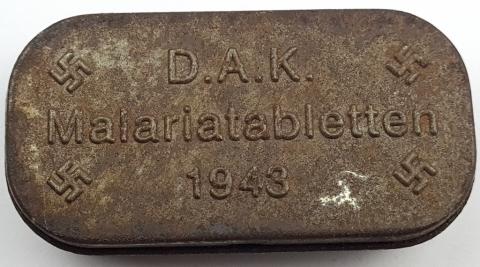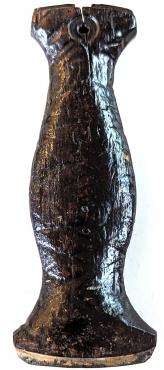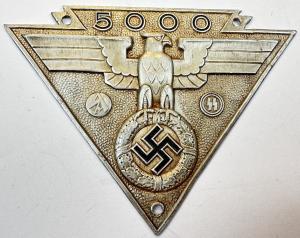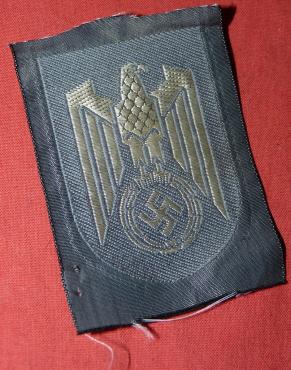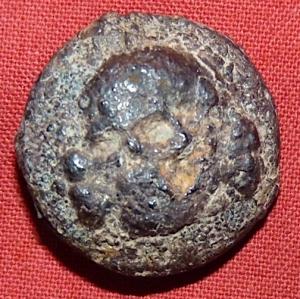WW2 German Nazi AFRIKA KORPS DAK swastika relic rusty metal canister can box
| List price(USD): | $145.00 |
| Price(USD): | $85.00 |
| You save(USD): | $60.00 |
WW2 German Nazi AFRIKA KORPS DAK swastika relic rusty metal canister can box
The Afrika Korps formed on 11 January 1941 and one of Hitler's favourite generals, Erwin Rommel, was designated as commander on 11 February. Originally Hans von Funck was to have commanded it, but Hitler loathed von Funck, as he had been a personal staff officer of Werner von Fritsch until von Fritsch was dismissed in 1938.
The German Armed Forces High Command (Oberkommando der Wehrmacht, OKW) had decided to send a "blocking force" to Italian Libya to support the Italian army. The Italian 10th Army had been routed by the British Commonwealth Western Desert Force in Operation Compass (9 December 1940 – 9 February 1941) and captured at the Battle of Beda Fomm. The German blocking force, commanded by Rommel, at first consisted of a force based only on Panzer Regiment 5, which was put together from the second regiment of the 3rd Panzer Division. These elements were organized into the 5th Light Division when they arrived in Africa from 10 February – 12 March 1941. In late April and into May, the 5th Light Division was joined by elements of 15th Panzer Division, transferred from Italy. At this time, the Afrika Korps consisted of the two divisions, and was subordinated to the Italian chain of command in Africa.
On 15 August 1941, the German 5th Light Division was redesignated 21st Panzer Division, the higher formation of which was still the Afrika Korps. During the summer of 1941, the OKW increased the presence in Africa and created a new headquarters called Panzer Group Africa. On 15 August, the Panzer Group was activated with Rommel in command, and command of the Afrika Korps was turned over to Ludwig Crüwell. The Panzer Group comprised the Afrika Korps, with some additional German units now in North Africa, plus two corps of Italian units. The Panzer Group was, in turn, redesignated as Panzer Army Africa on 30 January 1942.
After the German defeat in the Second Battle of El Alamein and the Allied landings in Morocco and Algeria (Operation Torch), the OKW once more upgraded the presence in Africa by adding first the XC Army Corps, under Nehring, in Tunisia on 19 November 1942, then an additional 5th Panzer Army on 8 December, under the command of Colonel-General Hans-Jürgen von Arnim.

